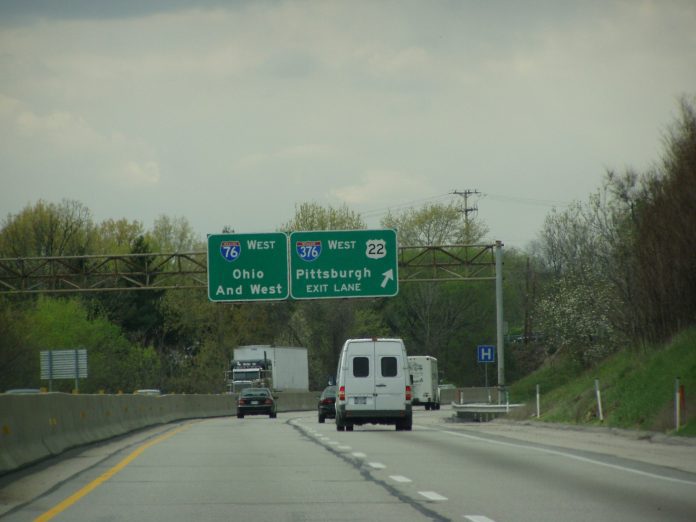In support of the various “internet of things” LPWAN connectivity schemes in the field, Nokia has updated its IoT platform to support narrowband-IoT and LoRa protocols, as well as included integrated applications focused on the smart city and automotive verticals.
The Finnish network equipment vendor’s Intelligent Management Platform for All Connected Things (IMPACT) was initially launched in June 2016. The IoT platform targets service providers, enterprises and governments pursuing secure, scalable IoT deployments covering data collection, analytics and contextualization, event processing, device management and application enablement, according to the company. IMPACT first supported Lightweight M2M and Category M1 interfaces, and has grown to now further support NB-IoT and LoRa.
“In addition to delivering industry-leading device management, security and analytics capabilities, IMPACT uniquely provides a single, horizontal platform allowing customers to manage and analyze data across multiple IoT applications,” Frank Ploumen, CTO of IoT platform and applications at Nokia, said in a prepared statement. “This makes each application richer and the insights more valuable. Our focus is on enabling customers to more easily build and deploy new, high-value services and business models while keeping data secure and optimizing the network infrastructure efficiency.”
Other new features include a pre-integrated smart parking application meant to reduce traffic congestion and pollution by guiding drivers to open parking spots and facilitating payment; smart lighting tech designed to help cities and towns cut power consumption and operational costs; vehicle apps that facilitate predictive maintenance, fuel efficiency, supply chain optimization and geofencing; and a video analytics tool based on machine learning algorithms developed by Nokia Bell Labs. Nokia reps said the video analytics element “provides new functionality for a range of IoT applications by automatically detecting anomalies in video feeds in real time, such as traffic accidents, speeding vehicles and unauthorized entry into secure locations, and triggering alerts for further action.”
The latest version of IMPACT is expected to be available in Q2 this year. The video analytics portions has apparently caught the eye of officials at the Pennsylvania Turnpike Commission.
“The Nokia video analytics technology addresses a real industry challenge around real-time anomaly detection,”Scott D. Fairholm, CIO, Pennsylvania Turnpike Commission, said. “PTC considers the Nokia approach unique and is looking forward to testing it out in the field.”

